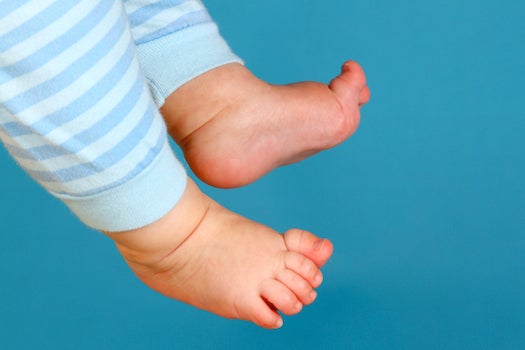FYI: Do I Really Need My Pinky Toe?
And without it, could I do everything a five-toed human does?

Walking, running and skipping with just four toes may be easier than you think.
“If you’re born without a pinky toe or have an accident and it’s removed, you can completely do everything you wanted to do,” Dr. Anne Holly Johnson, instructor in orthopaedic surgery at Harvard Medical School, says.
So why do we have pinky toes?
The answer goes back to the evolutionary history of humans, explains Dr. Anish Kadakia, assistant professor in orthopaedic surgery at Northwestern University.
“Primates use their feet to grab, claw, to climb trees, but humans, we don’t need that function anymore,” Kadakia says. “Clearly we’re not jumping up and down trees and using our feet to grab. We have toes embryologically, evolutionary for that particular reason because we descended from apes, but we don’t need them as people.”
While our feet no longer help us grab, they help us stand–especially important are the bones that connect our toes to our ankle.
We owe our balance to the 26 bones that make up the hindfoot, midfoot and forefoot. The forefoot contains the toes. The big toe has two major bones and the rest have three little bones. The toes connect to the midfoot by five long bones called metatarsals, one for each toe. The metatarsals are similar to our knuckles. The hindfoot connects to the midfoot by cuneiform and cuboid bones. These are connected to the ankle bone, the talus.
Though all the bones in the foot come together to form the structure of the foot, the main bones responsible for our balance are the metatarsals, explains Dr. Wenjay Sung, attending physician at White Memorial Medical Group.
“We walk like a tripod fashion, where the big toe knuckle, the fifth toe knuckle and the heel, have a tripod walking ability,” Sung says. “If you remove one part of that tripod, you lose balance.”
So even though the pinky toe itself has no functional value, removing the metatarsal would make running, walking and skipping nearly impossible.
This story was produced in partnership with Northwestern University’s Medill School of Journalism. For more FYIs, go here.